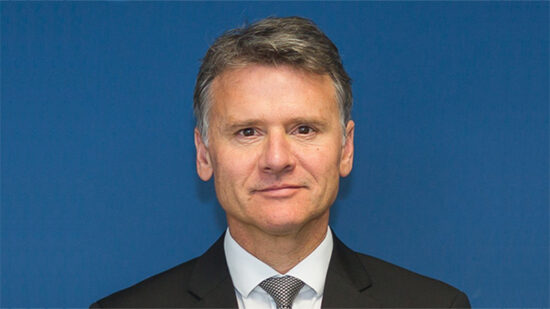There has been a big campaign to get more female consumers involved in financial services but there is still a long way to go in terms of life insurance, according to findings from Zurich Insurance Group.
But, on a brighter note, pensions administration firm Equinity suggests the pension gap in the UK might be closing as more women invest for their futures with auto-enrolment.
Zurich’s study
The insurer, alongside the Smith School of Enterprise and the Environment at the University of Oxford, undertook a survey of 17,000 people aged 20-70 in 15 countries on five continents.
It found 69% of female respondents do not own income protection and/or term life insurance, compared to 53% of men.
There was also a small divide between the sexes in terms of insurance knowledge.
Around 22% of women understood term life insurance, whereas 30% were familiar with income protection insurance.
This was compared to 34% and 41% of men, respectively.
“The insurance knowledge and ownership gap for men and women is a concern – particularly as we know women generally outlive men,” Nick Homer, Zurich head of group risk in the UK, told International Adviser. “We’re aware, however, that understanding of products can also be influenced by individuals’ personal circumstances.
“Women tend to think and feel differently about money than men, so it’s key that we try to reach out and tailor our products and messages to make them more relevant.”
Complex products
Homer added: “Transparency is a key priority for women and especially is important when it comes to understanding complex financial products.
“Again, looking back at our own research, we’ve asked women what they valued most when buying insurance products. Interestingly, they all ranked the need for transparency and policies that are easy to understand – more highly than male respondents.
“This means providing products that are clear and easy to engage with, and for advisers to take the time to explain how products work while making female customers feel comfortable about asking questions.
“A focus on education and clear communication is something all customers will benefit form with providers and advisers all having a role to play.”
Equinity
The financial divide between men and women could be set to change, however, if developments in the UK are anything to go by.
Pension administration firm Equiniti analysed stats from the Department for Work and Pensions and found the introduction of auto-enrolment has pushed 3.5 million more women into workplace pension schemes.
This is an increase of 70%, with 8.7 million now participating.
Auto-enrolment has seen workplace pensions flipped on its head, changing it to an opt-out system rather than opt-in.
In 2012, the year in which auto-enrolment was introduced, just under 5.1 million women contributed to a workplace pension, which calculates to just under six in 10 (59%) participating.
This has since seen a steep increase with nearly nine in 10 (88%) eligible women now looking at their retirement plans via a workplace pension.
Divide still exists
Chris Connelly, propositions and solutions director at Equiniti’s pension business, said: “The success of auto-enrolment has been well-documented, and it is heartening that women are also benefiting from what we now have in place.
“Getting people started on their retirement savings journey is a crucial step towards ensuring they will have enough in their pot to enjoy a secure later-life and auto-enrolment is evidently addressing this issue.
“However, women are still reaching retirement with significantly less in their pot than men for a number of factors such as, lower average incomes and the unequal burden of care responsibilities for both children and elderly relatives.”
Lower paid increase
Equiniti also found that lower earning and part-time female workers have benefitted the most from increased participation levels.
It said there was a consistently high level of participation from women earning over £30,000 ($38,146, €33,748), but just 42% of those earning £10–20,000 and 61% of £20–30,000 earners were paying into a workplace pension, previously.
This has now risen to 83% and 89%, respectively.
The firm said they are “on track to reach parity with their higher-earning counterparts in the next couple of years”.
At the same time, the proportion of women working part-time in the private sector who are participating in a workplace pension more than doubled to 80% from just over a third (36%).








